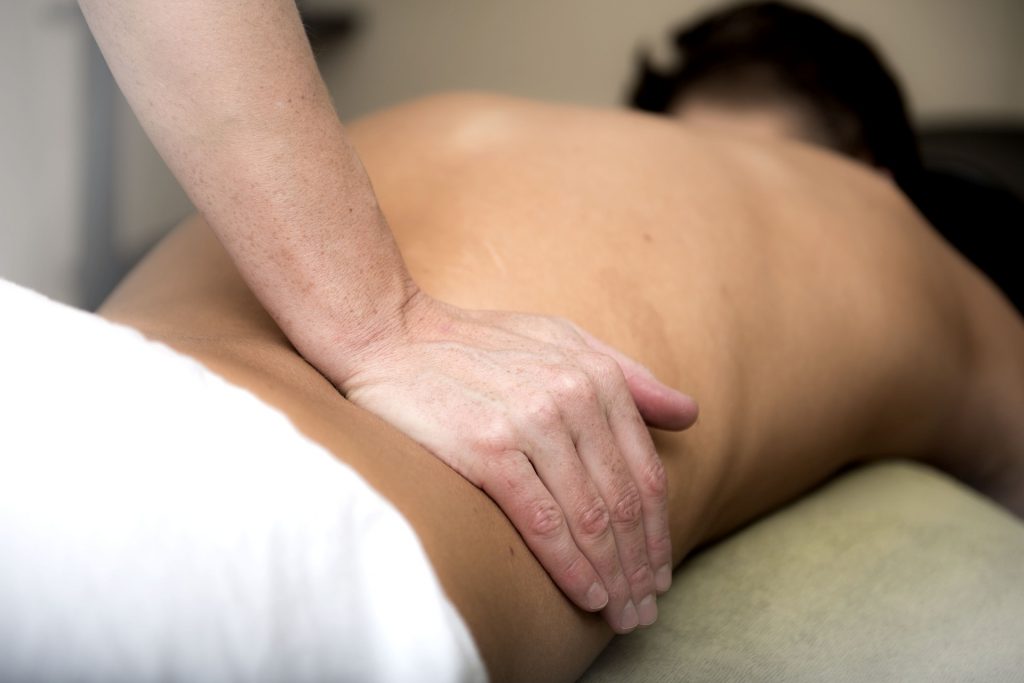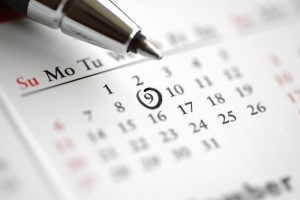Are You Making the Most of Your Massage?

Are You Making the Most of Your Massage?
How to Prolong the Benefits of Bodywork
A massage works in wonderful ways, easing stress and pain, calming the nervous system, increasing circulation, loosening tight muscles, stimulating internal organs, and enhancing skin. The multiplicity of physiological responses sends a simple, clear message to the mind: Massage feels good. Of course, you want to hold on to that just-had-a-massage feeling total body relaxation, muscles relaxed and at ease, and fluid movement restored for as long as possible.
But how long that bliss lasts depends on the state of your body. If you’re suffering from chronic pain or recovering from injury, then it may take more sessions and perhaps different modalities before optimal health is restored.
If massage is part of your regular health regimen, then it’s more likely the effects will endure. In other words, the effects of massage are cumulative, like any healthy habit. The more often you get a massage, the greater and longer-lasting the benefits.
Massage Frequency
How often you receive massage depends on why you’re seeking massage. In dealing with the general tension of everyday commutes, computer work, and time demands, a monthly massage may be enough to sustain you. On the other hand, if you’re seeking massage for chronic pain, you may need regular treatments every week or two. Or if you’re addressing an acute injury or dealing with high levels of stress, you may need more frequent sessions. Your situation will dictate the optimum time between treatments, and your practitioner will work with you to determine the best course of action.
You need to consider how you felt before the session and how you felt after, and then look at how long you maintain that. In general, experts say “regular” massage is preferable, but how regular depends on your situation. While daily massage would be delightful, practical considerations such as cost, time, and physical need likely determine the frequency of treatments. It’s best to maintain a schedule. That way the body becomes conditioned and prepared for session at specific intervals.
Maintenance
Whether you get a massage weekly, monthly, or just every once in a while, the following habits can maximize and extend the afterglow of treatment.
Water
One bit of advice you’ll hear over and over again is to drink plenty of water after a massage. Massage promotes circulation, increasing blood flow and oxygen and stimulating the lymphatic system, which helps rid the body of pathogens. After-massage hydration supports these functions, helping to eliminate released impurities, sooner rather than later.
Stretching
Another helpful habit is stretching between massages to maintain joint mobility, prevent muscles from tightening up again, and keeping the life energy flowing. This may mean doing yoga or  whatever specific or full-body stretches suggested by your practitioner. After a session, for example, your practitioner may recommend stretches. Stretches can take anywhere from 5 to 10 minutes a day, but really help keep the body limber.
whatever specific or full-body stretches suggested by your practitioner. After a session, for example, your practitioner may recommend stretches. Stretches can take anywhere from 5 to 10 minutes a day, but really help keep the body limber.
Exercise
Working out can also help maintain the benefits of massage, and this habit should be continually cultivated. However, if you’re receiving massage therapy to help speed muscle strain recovery, you may need to ease up on the exercise for a while and give the body time to heal, particularly if you’re recovering from a strenuous body-pummeling training regimen. You don’t want to over-work your body. That is, if running is taking a toll, try something more gentle and meditative such as swimming, walking, or tai chi.
Body Awareness
After a massage, respect how your body feels. If your body seems to ask for rest, give in to that demand. This may mean backing off the to-do list, taking it easy, moving slower, and perhaps doing less for a while. And don’t allow yourself to get fatigued because it will undermine the effects of massage. Get sufficient sleep to allow the body to absorb the effects and regain vitality.
